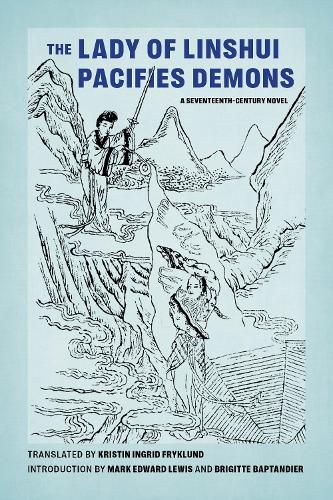Readings Newsletter
Become a Readings Member to make your shopping experience even easier.
Sign in or sign up for free!
You’re not far away from qualifying for FREE standard shipping within Australia
You’ve qualified for FREE standard shipping within Australia
The cart is loading…






The Lady of Linshui-the goddess of women, childbirth, and childhood-is still venerated in south China, Taiwan, and Southeast Asia. Her story evolved from the life of Chen Jinggu in the eighth century and blossomed in the Ming dynasty (1368-1644) into vernacular short fiction, legends, plays, sutras, and stele inscriptions at temples where she is worshipped. The full-length novel The Lady of Linshui Pacifies Demons narrates Chen Jinggu’s lifelong struggle with and eventual triumph over her spirit double and rival, the White Snake demon. Among accounts of goddesses in late imperial China, this work is unique in its focus on the physical aspects of womanhood, especially the dangers of childbirth, and in its dramatization of the contradictory nature of Chinese divinities. This unabridged, annotated translation provides insights into late imperial Chinese religion, the lives of women, and the structure of families and local society.
$9.00 standard shipping within Australia
FREE standard shipping within Australia for orders over $100.00
Express & International shipping calculated at checkout
The Lady of Linshui-the goddess of women, childbirth, and childhood-is still venerated in south China, Taiwan, and Southeast Asia. Her story evolved from the life of Chen Jinggu in the eighth century and blossomed in the Ming dynasty (1368-1644) into vernacular short fiction, legends, plays, sutras, and stele inscriptions at temples where she is worshipped. The full-length novel The Lady of Linshui Pacifies Demons narrates Chen Jinggu’s lifelong struggle with and eventual triumph over her spirit double and rival, the White Snake demon. Among accounts of goddesses in late imperial China, this work is unique in its focus on the physical aspects of womanhood, especially the dangers of childbirth, and in its dramatization of the contradictory nature of Chinese divinities. This unabridged, annotated translation provides insights into late imperial Chinese religion, the lives of women, and the structure of families and local society.